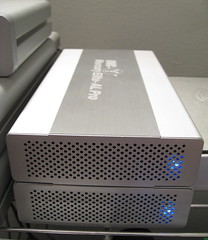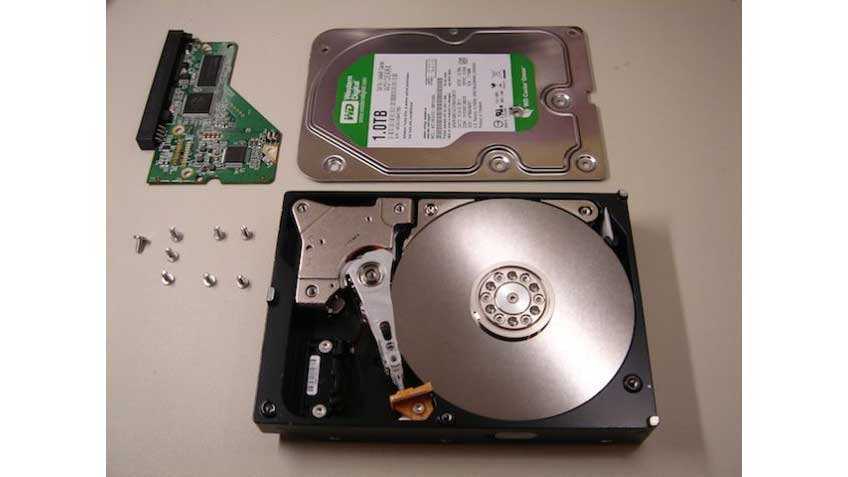|
Both internal and external hard drives share a common function of storing data. Both have ample amounts of storage for all your needs. You can store just about anything in both of them. While their names indicate a lot, more can be discussed about their differences. But what you must understand is that internal storage is a given in devices such as computers and smartphones. Without it, such a device simply wouldn’t function.
If you haven’t already noticed, their names give away their location which is their main difference. An internal hard drive is built within the computer. An external hard drive is not. You need to connect it to the computer using a cable to have access to it.
As mentioned, internal storage is the principal storage for all your computer files and other data. Whenever you download information or any type of data, it is automatically saved in your internal storage, even if you have a USB or memory card attached to your computer unless you change the settings. And for good reason. You want to have access to your files as fast and easy as possible. But the disadvantage with this is that these files are prone to corruption by malware or file deletion. This is when external storage comes in.
Internal and external hard drives have different installation setups. An internal hard drive is built within the computer while an external hard drive is connected from the outside through a cable. Unless your internal hard drive no longer functions like it should, installing a new internal hard drive can be a tedious process and if you own a laptop, it entails opening up your laptop. So you might want to keep that in mind. For an external hard drive, all you need is to plug it in the computer.
Because the internal hard drive is the closest to your computer by proximity (even if you use a 6-inch USB cable for your external hard drive), it just performs much faster than your external hard drive. This means that the use of data is quicker in internal storage versus external.
Worried about data loss but don’t have external storage? Fret not. If your computer experiences data loss situations, professional help is always available. You need only click. The post How Do Internal And External Hard Drives Differ? was originally seen on HDRG via https://www.harddriverecovery.org/blog/how-do-internal-and-external-hard-drives-differ/
0 Comments
Hard Drive Recovery Group (HDRG), a data recovery service based out of Irvine, California, has shared another article on their highly proclaimed blog to help Macbook Pro users understand how they can reset their machines back to their factory default. This strategy can help those who find their machine is running slower than it did when it was newly bought. Those looking to sell or trade in their machine due to poor responsiveness should first attempt this essential step. HDRG is one of the leading providers of data recovery services in the area. With over 15 years’ experience, they have recovered thousands of gigabytes of data from customers large and small, including Boeing, Lockheed Martin, as well as every branch of the US military. Their suggestion that users reset their hardware to factory settings is based on their experience of recovering items lost through deletions, fire and flood damage, and a very wide range of other forms of accidental.
Many people want to trade in their machines when it begins to perform slower than they expect. Others want to pass it on to someone else or donate it to a school or charity. To ensure that no personal data, photos, or videos are exposed, the company advises users to reset the device, thus wiping all data and making it much more difficult for malicious third parties to retrieve any data from the machine. The blog posts instructions include reinstalling the Mac Operating System, also known as MacOS. Once that is complete the system will launch the Setup Assistant which will then allow the new owner to put in their own details when they are ready. The post is entitled “5 Easy Steps to Reset Your MacBook Pro” and can be found on their website Prospective customers may also find reviews of the company’s services on the website. For instance, Hagen R. gave them a 5-Star rating and said, “We had a multiple hard drive failure on a RAID 5 Exchange machine, and my boss selected HDRG to do the RAID data recovery. The response was fast (they actually sent someone out to pick up our server), and we had a repaired system within three days. Great, friendly data recovery service that definitely knows what they're doing.” https://www.youtube.com/watch?v=go7LKAUHyKw The company can often offer aid where others may say there is nothing more that can be done. In his 5-Star review, Ramiro A. stated, “Lou and his team really went out of their way to help me, which was great as I had already been to other data recovery services nearby, and all of them said there was nothing they could do. HDRG restored all the data on my hard drive and had it back to me by the end of the week. No nonsense, high quality data recovery!” from Hard Drive Recovery Group |
About usAffordably priced Irvine, CA area data recovery services provider. Specializing in Macs, Dell, HP and IBM RAID recovery and damaged hard drive recovery services. Also offers Mac and laptop data recovery, as well as all forms of physical and logical data recovery. Archives
November 2019
Categories |



 RSS Feed
RSS Feed
